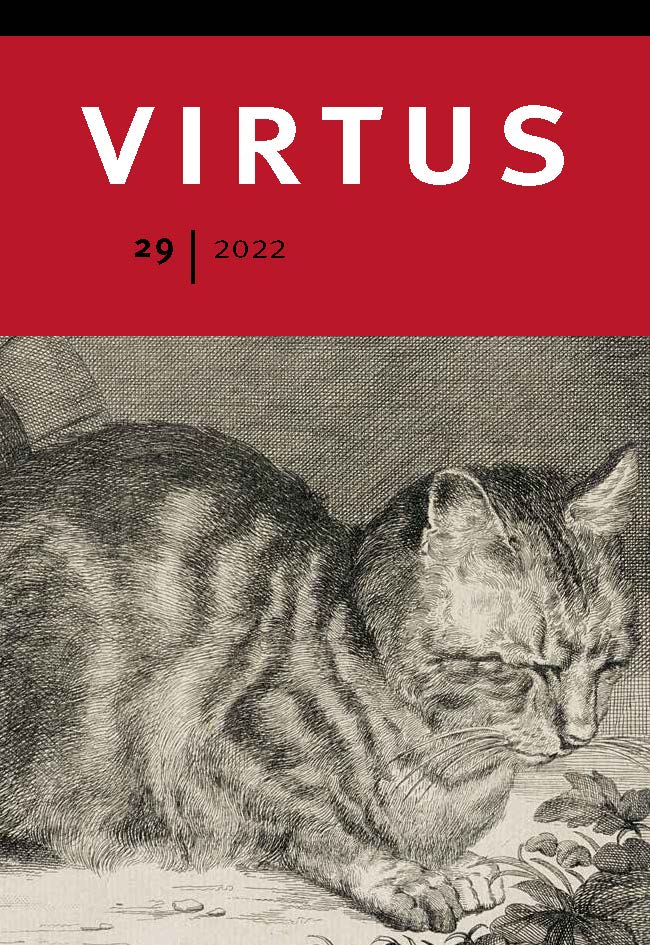Burgers op het kasteel. Elitedistinctie en representatie onder Hollandse heren buiten de ridderstand in de zeventiende en achttiende eeuw
DOI:
https://doi.org/10.21827/virtus.29.34-64Abstract
The Dutch Republic offers a remarkable picture of two parallel elites that developed side by side in the early modern period. While in other European countries high officials and merchants were eventually admitted to the peerage, here the knighthoods remained closed, even to the most powerful urban regents. How can we understand this almost hermetic and by European standards unique separation of nobility and patriciate? Why did urban aristocrats with numerous lordships and foreign noble titles copy the culture of an elite to which they never belonged? The answer to these questions is often sought in the misleading distinction between the Dutch, mainly (but not exclusively) Amsterdam merchant gentry with its hundreds of new mansions, and the rural knightly order with its old mansions in the landed provinces. This is a misleading picture. Although after the Dutch Revolt a largely feudal hierarchy of lordships did indeed persist in the countryside outside the walled cities, in the coastal regions most of it was commercialized and appropriated by this feudal-capitalist elite. Although never knighted, but often adorned with foreign titles, ‘burghers’ combined, in competition with each other, in their portraits, houses, and lifestyles an entirely unique style of princely wealth, courtly virtues, merchant spirit, and feudal simplicity.
Published
Issue
Section
Copyright (c) 2022 Rob van der Laarse

This work is licensed under a Creative Commons Attribution-NonCommercial 4.0 International License.

